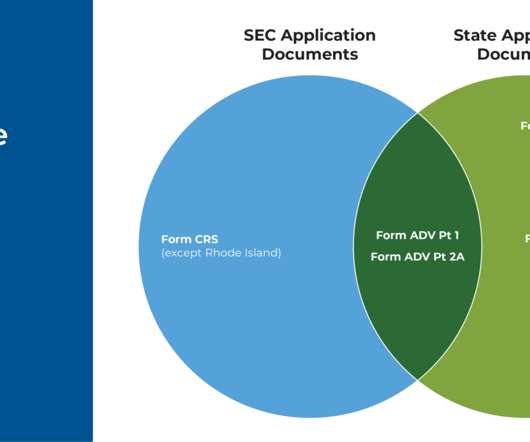Nonprofit Accounting Cleanup: How to Deal with a Mess
The Charity CFO
MARCH 6, 2024
Red Flag #1: Bank Account Reconciliation Whether the business is accrual or cash basis, it does not matter. Reconciliation is necessary and the bare minimum for successful completion of the accounting role. Once these have been transferred into the accounting system, QuickBooks for example, reconciliation is the next step.





















Let's personalize your content